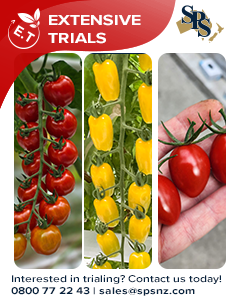Sign up here to subscribe to the Grower2grower Ezine. Every two weeks you will receive new articles, specific to the protected cropping industry, informing you of industry news and events straight to your inbox.
Mar 2021
Improve yield & water quality with Nanobubble Systems
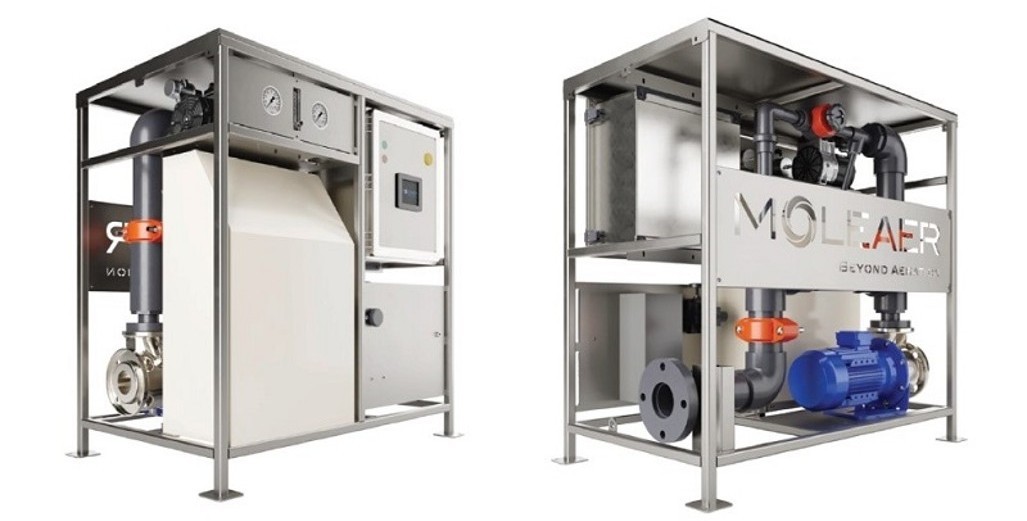
Oxygen levels in the root zone can be a major limiting factor

Oxygen levels in the root zone can be a major limiting factor on the productivity of a farm. Low dissolved oxygen (DO) levels limit nutrient absorption resulting in impeded growth. This problem can get worse in summer because water’s ability to hold oxygen reduces with increase in the temperature of the water.
Nanobubbles solve this problem. Nanobubbles are nano-sized bubbles, 2000x smaller than a grain of salt, that have several unique properties.

Nanobubble Systems introduce two types of gases in water – Dissolved gas and Nanobubbles. Nanobubbles are miniscule, negatively charged, neutrally buoyant, and remain stable in water for a long period of time, acting like an oxygen battery that delivers oxygen to the entire body of water. As oxygen in the water is consumed, the nanobubbles continue to diffuse more oxygen in the water and thereby maintain high DO levels. Being nano sized, the oxygen transfer efficiency of Nanobubbles is >85%, hence there is very little wastage of oxygen gas.

With Oxygen Nanobubbles we can maintain very high DO levels (up to 400% DO saturation), even in warm water, which improve nutrient uptake of plants, root development, growth rate, and yield of plants. Our Nanobubble Systems are low Opex plug and play systems which come with an onboard pure oxygen generator that produces its own pure oxygen gas.
.jpg)
Micro and Nanobubbles surrounding the root of a plant

| Improved Water Quality in Irrigation Ponds | Root, Soil and Plant Health |
|
Algae reduction in source water Reduction in Pythium levels Oxidation of metals Reduced reliance on chemical treatments Reduction of biofilm in irrigation pipes Increased dissolved Oxygen levels in pond |
Increase in yield Healthier root development Increased nutrient uptake Improved water retention in soil Improved vegetative growth Promotion of beneficial bacteria in the substrate |

.jpg)
1 Faster growth of plants – Increased Revenue
Green leafy plants grow faster with oxygen nanobubble water. This reduces cultivation time thereby increasing crop production cycle and hence more revenue.
2 Increase in yield – Greater number of fruit / Larger fruits
Crops such a tomato, peppers, cucumbers, and eggplant grown with oxygen nanobubble water produce larger fruit or a greater number of fruits depending on the variety of the plant.
3 Reduction in biofilm growth – Cleaner system
Nanobubbles reduces accumulation of biofilm in the wetted area. Growing trays should be comparatively cleaner with oxygen nanobubble water.
4 Reduce/Eliminate use of hydrogen peroxide
Oxygen Nanobubbles produce hydroxyl radicals in mild quantities and provides an oxidation effect improving water quality. This oxidation effect of oxygen nanobubbles is further augmented if you have a UV treatment system in place, thereby helping the grower reduce the dosage or eliminate the use of hydrogen peroxide for water treatment.



Nanobubble System oxygenating irrigation tanks

Installations worldwide

For more information and case studies, please visit www.nanobubblesystems.co.nz
Contact: Leny Samuel I Leny.Samuel@Henleygroup.co.nz I Mobile: +64 211 583 960
CLASSIFIED
Subscribe to our E-Zine
More
From This Category
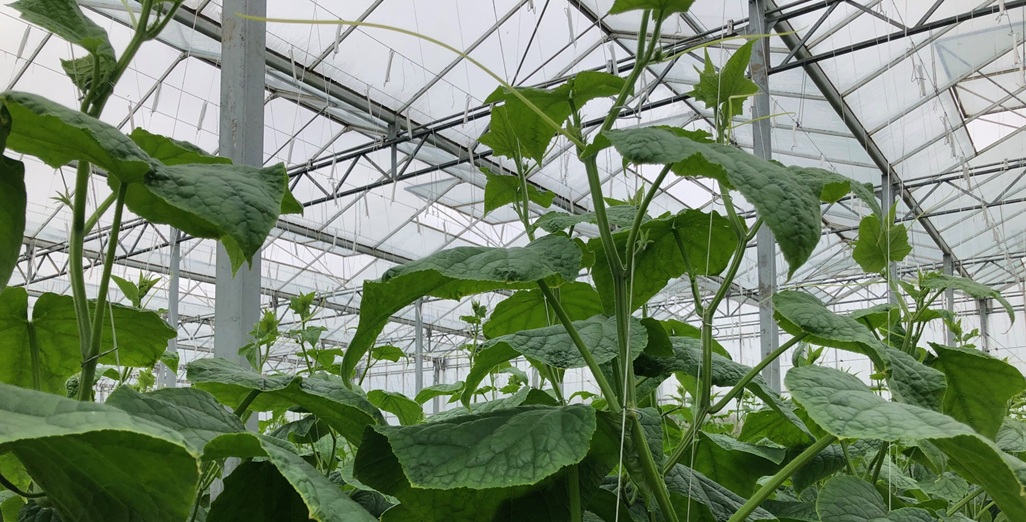
The Rise of Plant-Driven Irrigation
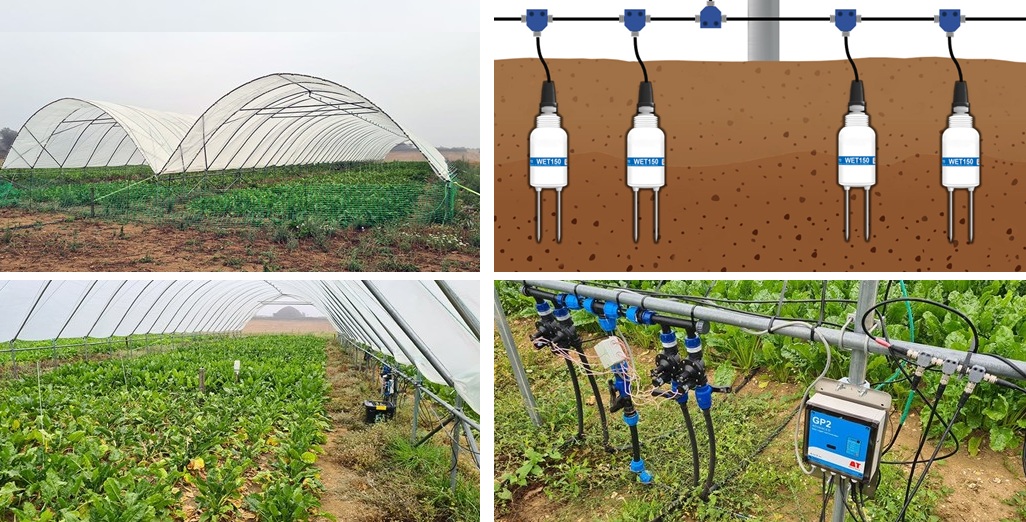
The BBRO Tackles Drought Risk in Sugar Beet Production
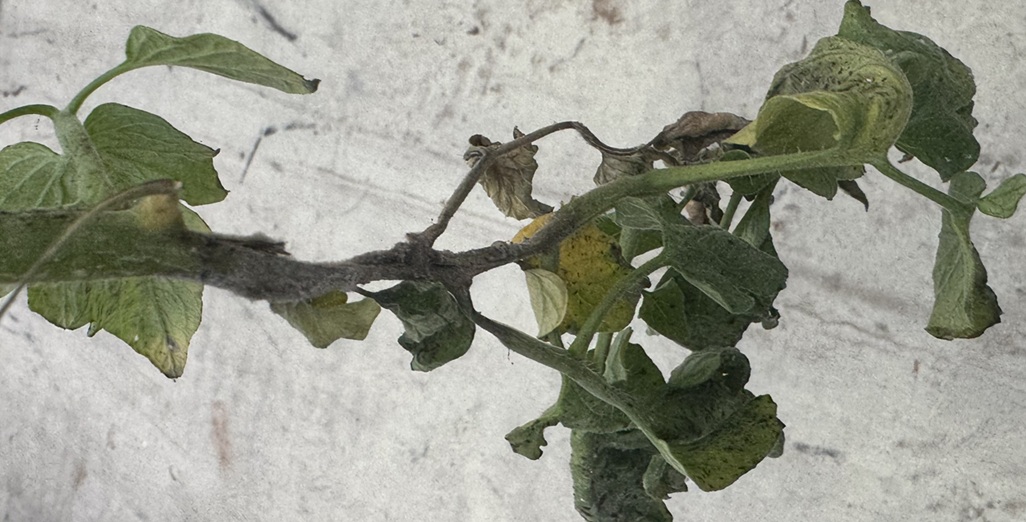
Botrytis Alert: Key Strategies to Minimize Losses
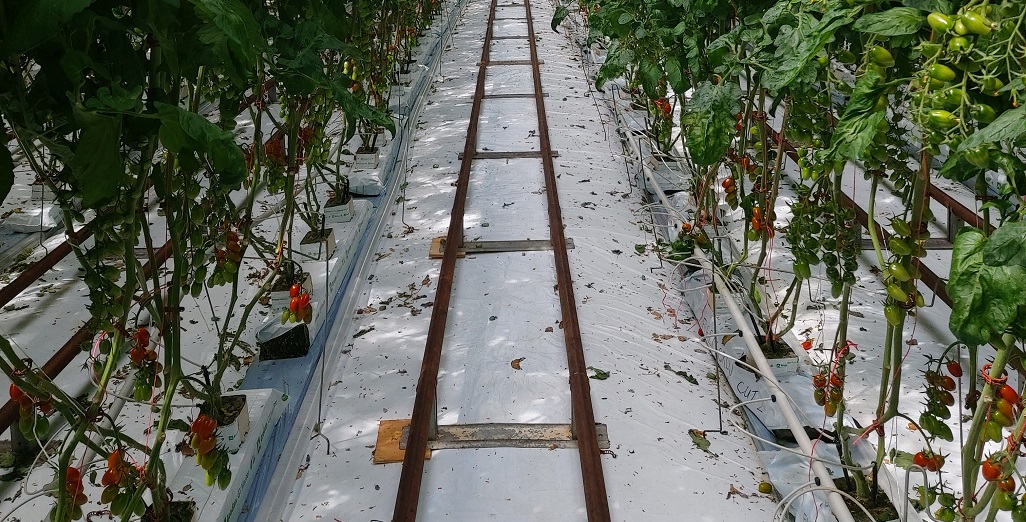
(Best of 2024) Fleecegrow turning wool into substrates a reality
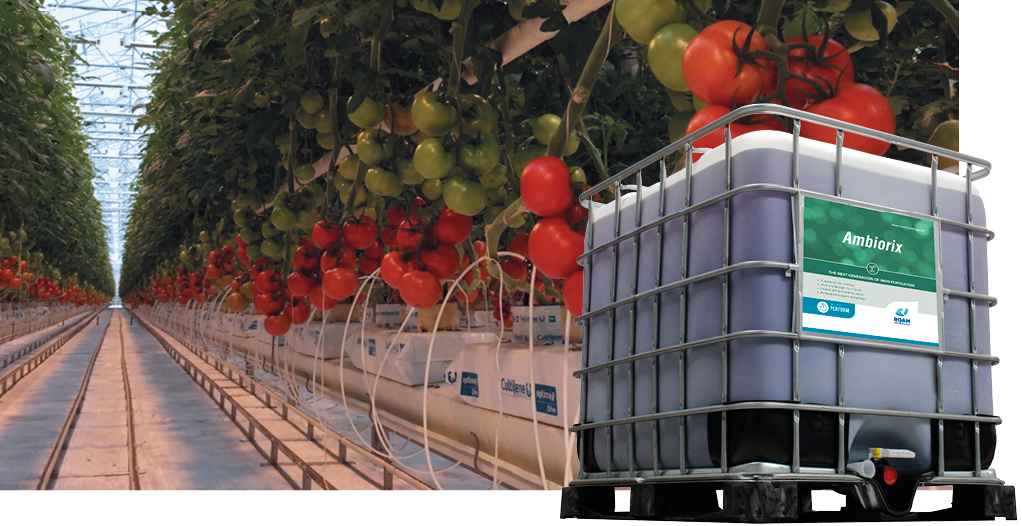
Less fertilisation and higher yields with Ambiorix iron polyphosphate


























